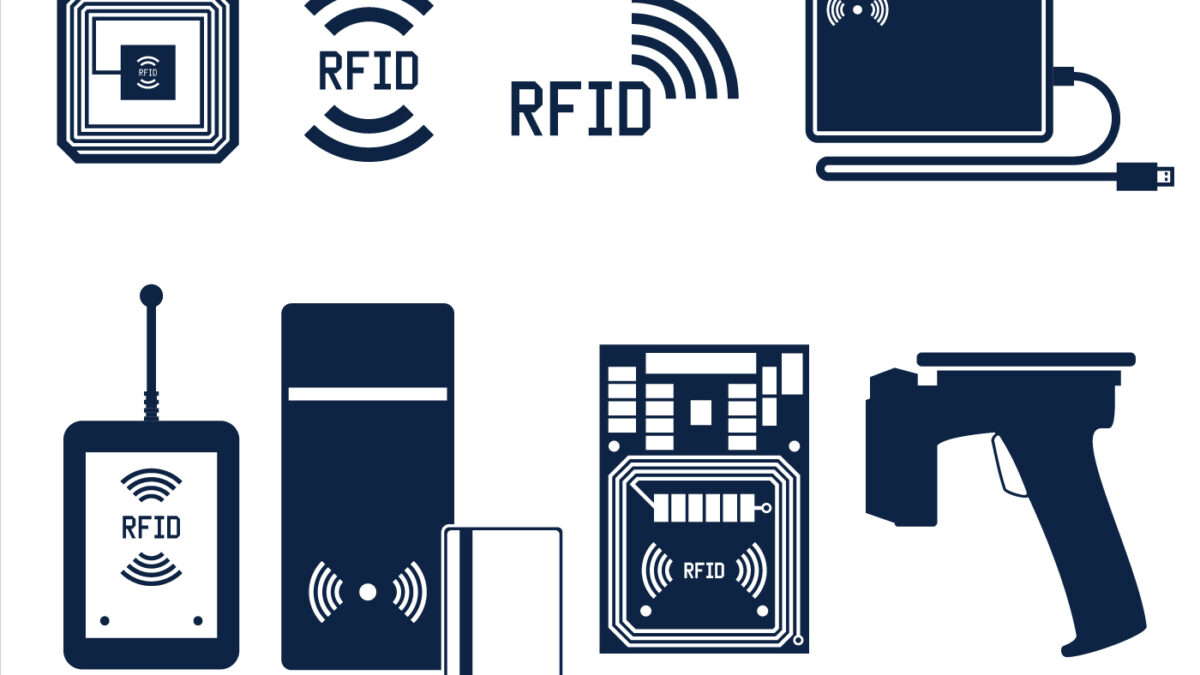Radio-Frequency Identification (RFID) technology has been making significant strides in healthcare over the past few years, and one of its most notable applications is in hospital tracking. With RFID hospital tracking, hospitals can enhance patient safety and operational efficiency by enabling accurate, real-time monitoring of patients, staff, and medical equipment.
RFID is a wireless technology that uses radio waves to identify and track objects. It consists of two main components: a reader and a tag. The reader emits radio waves that power the tag, which then responds with its unique identification number. RFID tags, including people, animals, and objects, can be attached to almost anything.
How Does RFID Hospital Tracking Work?
In hospitals, RFID tags can be attached to patients, staff, and medical equipment. These tags are then read by RFID readers that are strategically placed throughout the hospital. The information collected by the readers is sent to a central database, which can then be accessed by authorized personnel. Here’s how RFID hospital tracking works:
- Tagging: RFID tags are attached to patients, staff, and medical equipment.
- Reading: RFID readers are placed throughout the hospital to read the tags.
- Data Collection: The information collected by the readers is sent to a central database.
- Access: Authorized personnel can access the database to view real-time information about patients, staff, and medical equipment.
Benefits of RFID Hospital Tracking
RFID hospital tracking offers numerous benefits to hospitals, including:
- Enhancing Patient Safety
RFID hospital patient tracking help reduce the risk of medical errors, such as administering medication to the wrong patient.
- Improving Operational Efficiency
By tracking the location of medical equipment, hospitals can reduce equipment loss and improve asset utilization.
- Increasing Staff Productivity
RFID technology can help streamline workflows and reduce the time staff spends searching for equipment.
- Enhancing Security
RFID tags can restrict access to certain hospital areas, ensuring that only authorized personnel are allowed in.
- Facilitating Inventory Management
RFID technology can help hospitals keep track of inventory levels and ensure that supplies are always available when needed.
RFID Hospital Tracking in Action
Several hospitals have already implemented RFID hospital tracking systems, and the results have been impressive. For example:
- The Ohio State University Wexner Medical Center implemented an RFID system to track the location of medical equipment, resulting in a 20% reduction in equipment rental costs.
- The Children’s Hospital of Alabama implemented an RFID system to track patients and reduce the risk of abduction, resulting in increased security and peace of mind for parents.
- The Albany Medical Center implemented an RFID system to track the location of patients in the emergency department, resulting in a 50% reduction in wait times.
RFID Hospital Tracking: A Promising Technology for Healthcare
RFID hospital tracking is a promising technology that has the potential to revolutionize healthcare. By enabling accurate, real-time tracking of patients, staff, and medical equipment, RFID technology can enhance patient safety and operational efficiency, ultimately leading to better patient outcomes. As hospitals continue to adopt this technology, we can expect to see even more impressive results in the years to come.
RFID in Other Industry
While this post has focused on RFID-based hospital tracking, it’s worth noting that RFID technology is also used in retail monitoring. In retail, RFID tags can be attached to products, enabling accurate inventory tracking and reducing the risk of out-of-stock situations. RFID retail tracking can also help retailers improve the customer experience by enabling faster checkouts and reducing the time customers wait in line.


